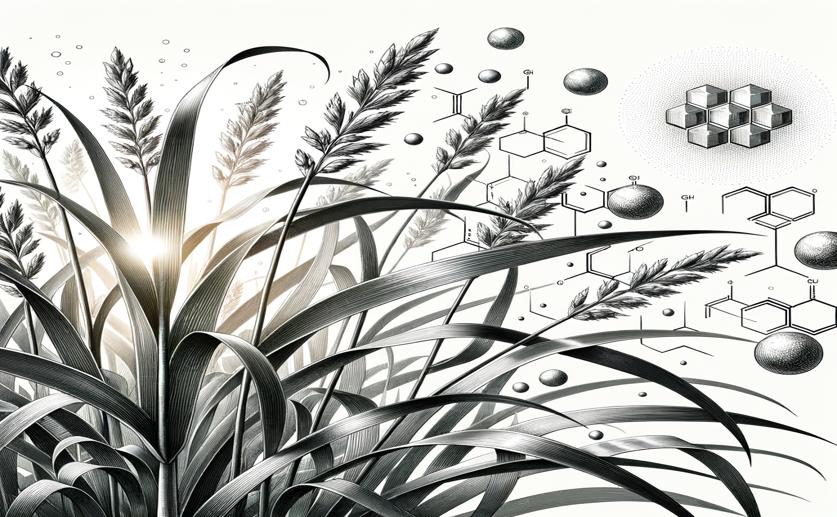
Lemongrass Compounds Halt Lung Cancer Cell Growth Through Key Protein Inhibition
Jim Crocker
24th May, 2024

Image Source: Natural Science News, 2024
Key Findings
- Researchers at Al Azhar University found that Cymbopogon proximus, a medicinal plant, has potent anticancer effects against lung cancer cells
- The petroleum ether extract of C. proximus was particularly effective, significantly inhibiting the growth of A549 lung cancer cells
- The study identified specific compounds in the extract that target and inhibit CDK2/cyclinA2 proteins, crucial for cell cycle regulation, thereby preventing cancer cell proliferation
References
Main Study
1) Cymbopogon proximus phytochemicals induce S-phase arrest in A549 lung cancer cell lines via CDK2/cyclin A2 inhibition: gas chromatography-mass spectrometry and molecular docking analyses.
Published 24th May, 2024
https://doi.org/10.1515/znc-2024-0059
Related Studies
2) Global Epidemiology of Lung Cancer.
3) Potent organometallic osmium compounds induce mitochondria-mediated apoptosis and S-phase cell cycle arrest in A549 non-small cell lung cancer cells.
4) Cymbopogon Proximus Essential Oil Protects Rats against Isoproterenol-Induced Cardiac Hypertrophy and Fibrosis.



 22nd May, 2024 | Greg Howard
22nd May, 2024 | Greg Howard